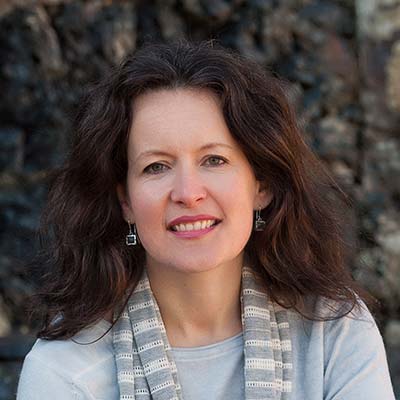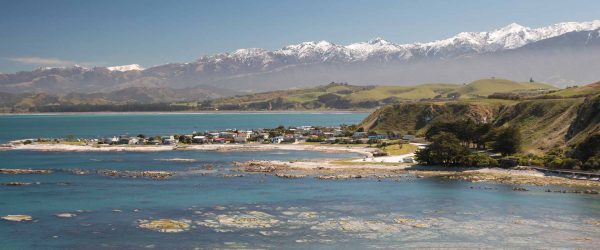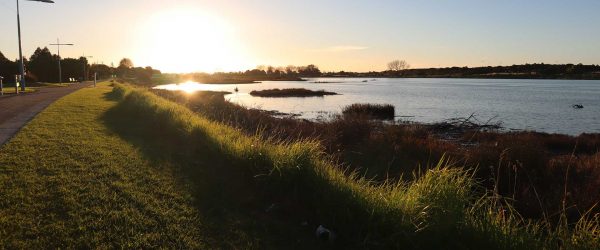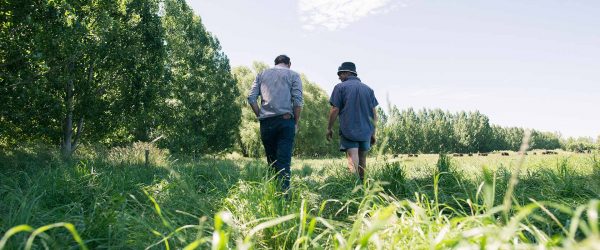Rural Communities
Ngā Hapori Taiwhenua
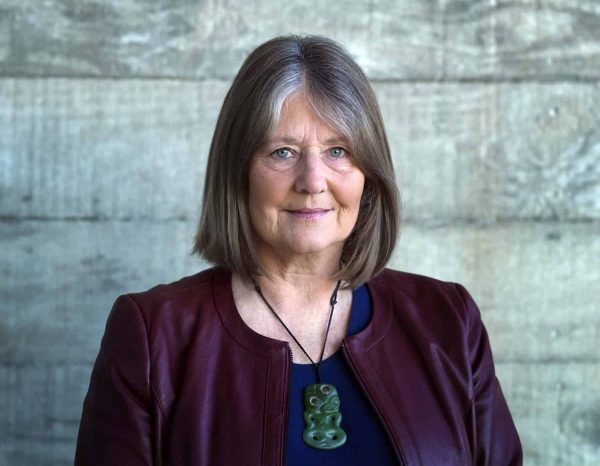
Vision
Disaster-resilient rural Aotearoa New Zealand, enabled by new knowledge and tools.
Programme description
Aotearoa New Zealand’s rural landscapes and communities are an iconic part of our national identity, and a key economic driver through our productive primary industries and our tourism industry. Many of our rural areas are also exposed to multiple natural hazard risks, making them highly vulnerable to disasters.
The Rural programme worked with the agriculture and tourism industries and key rural groups that underpin our rural communities and economies. A resilient Aotearoa New Zealand requires our rural sector to thrive, so a core priority is developing resilience solutions using a co-creation approach with key industries (dairy, high-value horticulture, sheep and beef, and forestry) to ensure value-chain resilience and policies for rural well-being. With the tourism sector we are seeking to understand the disaster exposure of tourists in rural Aotearoa New Zealand, and devise resilience solutions.
Our research builds from existing relationships and experiences in Kaikōura, North Canterbury and the West Coast, to new partnerships in new case study locations to create widely applicable knowledge and tools for other at-risk rural communities around Aotearoa New Zealand.
Wawata
Mā te mātauranga me ngā rauemi hou e manawaroa ai ngā rohe taiwhenua o Aotearoa.
Whakaahuatanga papatono
He āhuatanga e mōhiotia whānuitia ana ō tō tātou tuakiri ā-motu ngā horanuku me ngā hapori taiwhenua o Aotearoa, ā, he āhuatanga whakaaweawe ōhanga matua puta noa i ngā ahumahi mātāmua whaihua, me tō tātou ahumahi tāpoi. E takoto whakaraerae ana ō tātou rohe taiwhenua maha ki ngā taiao mōrearea maha, me te aha e noho mōrearea ana i ngā aituā.
Kei te mahi tahi te kaupapa Taiwhenua me ngā ahumahi ahuwhenua, tāpoi hoki, me ngā rōpū taiwhenua e tautoko ana i ō tātou hapori me ngā ōhanga taiwhenua. Me puāwai te rāngai taiwhenua e manawaroa ai a Aotearoa, nō reira ko tētahi take matua ko te whakawhanake i ngā otinga manawaroa mā te whakamahi tikanga waihanga ngātahi me ngā ahumahi matua (huamiraka, ahumāra whai wāriu nui, kikohipi me te kikokau, me te mahi ngāherehere) ki te mātua whakarite i te manawaroa o te raupapa-wāriu me ngā kaupapahere mō te oranga taiwhenua. Mō te rāngai tāpoi, e whai ana mātou kia mārama ki te pānga o ngā aituā ki ngā tūruhi i ngā rohe taiwhenua o Aotearoa, me te whakarite otinga manawaroa.
Ka tipu haere tō mātou rangahau mai i ngā hononga o nāianei me ngā wheako i Kaikōura, te raki o Waitaha me te Tai Poutini, ki ngā hononga hou i ngā wāhi rangahau take hou hei hanga i te mātauranga whakamahinga whānui me ngā rauemi mō ētahi atu hapori e noho mōrearea ana puta noa i Aotearoa.
Questions we’re answering
Research Team
Co-Funding Partners
Rural Communities
Latest Resource Outputs
Indigeneity and emergency management: an emic “gaze” on the role of traditional knowledges and cultural practices in emergency management contexts
An analysis of indigenous emergency management knowledges and practices noted in disaster research literature between January 2000 and July 2022.
Challenge Lifetime Summary
A summary of Resilience Challenge achievements and impacts over ten years of collaborative research
Tourists, tourism destinations and natural hazards
Drawing on learnings from tourism and disasters over the last 14 years, this brief examines preparedness alongside post-event response and recovery.
Psychosocial factors in disaster recovery
This brief focusses on psychosocial issues that may arise immediately post-disaster and how to best address the impact and reduce ongoing distress.
Filipino migrant worker organisations, social capital and disaster resilience: An Aotearoa-New Zealand case study
This study highlights the valuable role that migrant worker organisations can play in mitigating disaster risks.
A model for understanding industry cluster development among New World wineries
S. Lembke, L. Cartier, J. Fountain, N. Cradock-Henry, L-P. Dana 2024 A model for understanding industry cluster development among New World wineries International Journal of…
